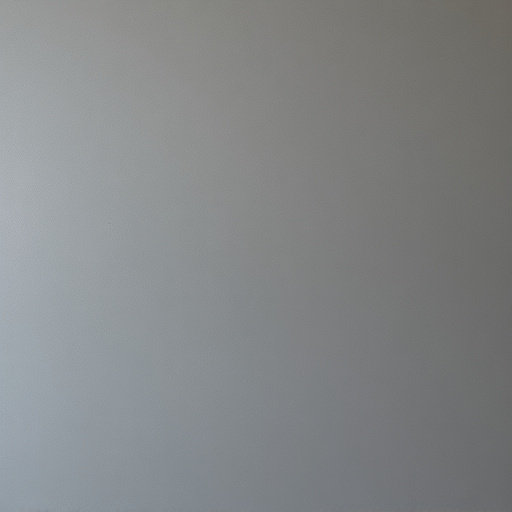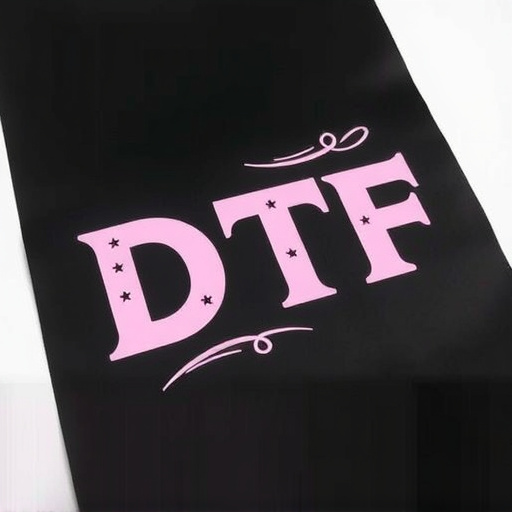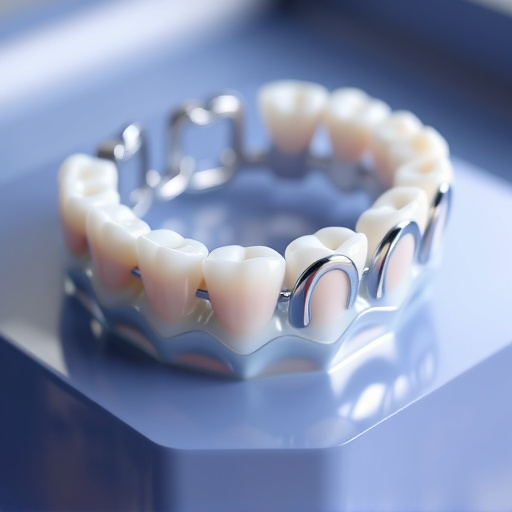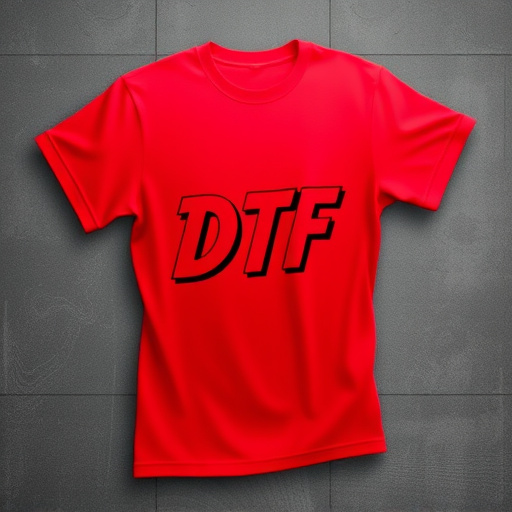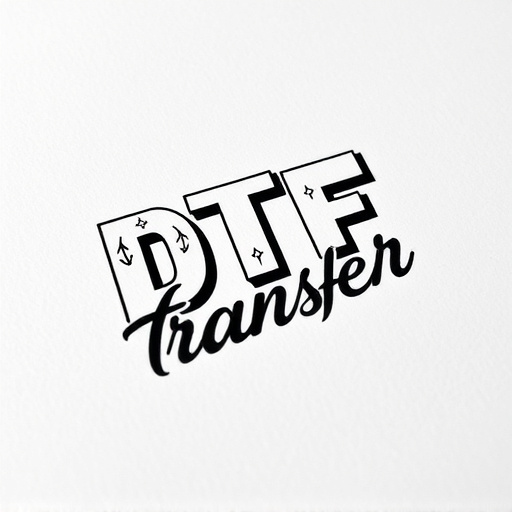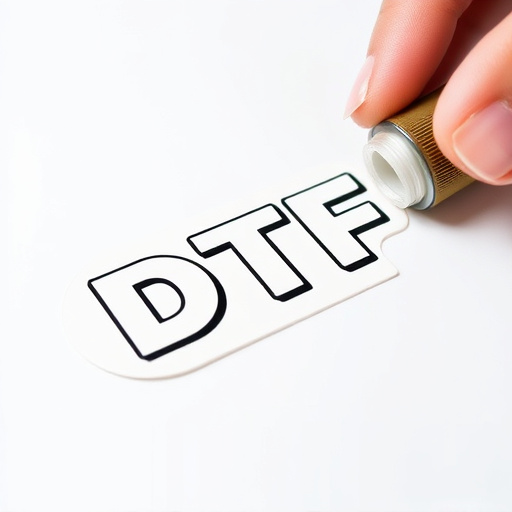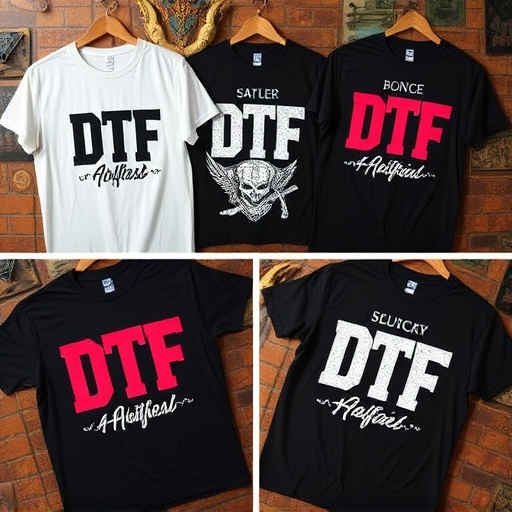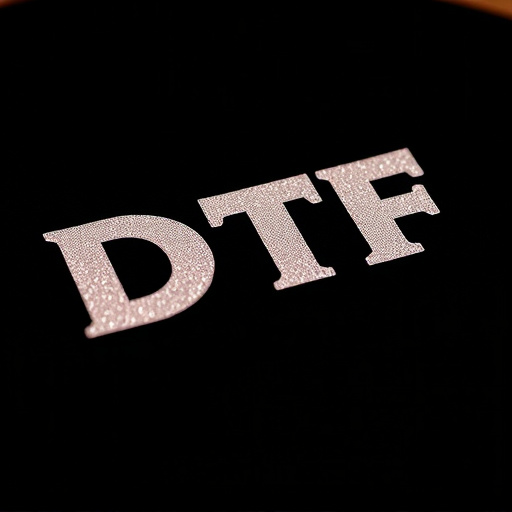Bulk DTF transfers are a popular choice for custom garment creation due to their speed, efficiency, and versatility. To ensure high-quality results, designers must prepare print files in specific formats (PNG/JPEG), resolutions (300 DPI or higher), and color modes (CMYK). Correct bleed settings and trimming guidelines are essential. Businesses should use compatible design software and adhere to these guidelines for successful bulk DTF printing services. Proper file preparation includes high-resolution artwork, color profiling, vectorization, and industry-standard formats like PDF or AI. Custom gang sheets simplify the process and ensure professional-grade prints on various materials.
Prepare your print files for seamless bulk DTF transfers with this comprehensive guide. Learn how to navigate the unique requirements of DTF printing, from understanding file formats to optimizing images for maximum quality. Discover pre-printing checks and techniques that ensure accurate, efficient transfers, enabling you to efficiently manage large-scale projects. Master these steps and elevate your bulk DTF transfers to a new level of precision and success.
- Understanding DTF Transfers and Their Requirements
- Pre-Printing Preparation Steps for Optimal Results
- Techniques for Accurate and Efficient File Transfer Process
Understanding DTF Transfers and Their Requirements
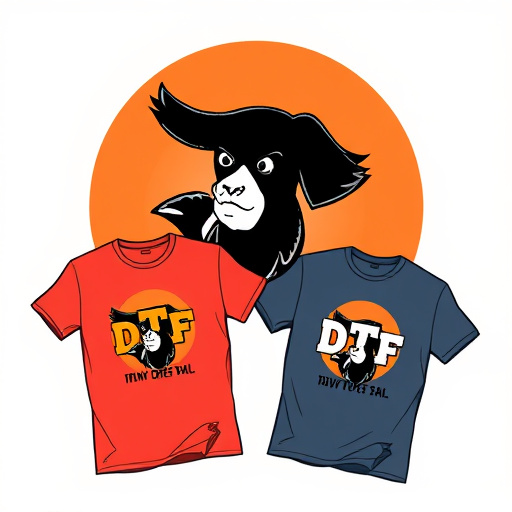
Understanding DTF Transfers and Their Requirements
Bulk DTF transfers have become a popular method for creating custom garments due to their speed, efficiency, and versatility. Direct-to-garment (DTF) printing allows for intricate designs and full-color imaging on a variety of fabrics. When preparing print files for bulk DTF transfers, it’s crucial to understand the specific requirements of this process. Key considerations include file format (like PNG or JPEG), resolution (typically 300 DPI or higher), and color mode (CMYK for printing accuracy).
DTF garment printing demands precision to ensure high-quality results. Designers should avoid using graphics that are not print-ready, such as images with low resolution, text that is too small, or file types not supported by the printing service. Moreover, ensuring proper bleed settings and trimming guidelines are followed helps prevent visible lines where the printer meets the fabric edge. For businesses looking to place dtf bulk orders, utilizing compatible design software and adhering to these guidelines will significantly contribute to successful DTF printing services.
Pre-Printing Preparation Steps for Optimal Results
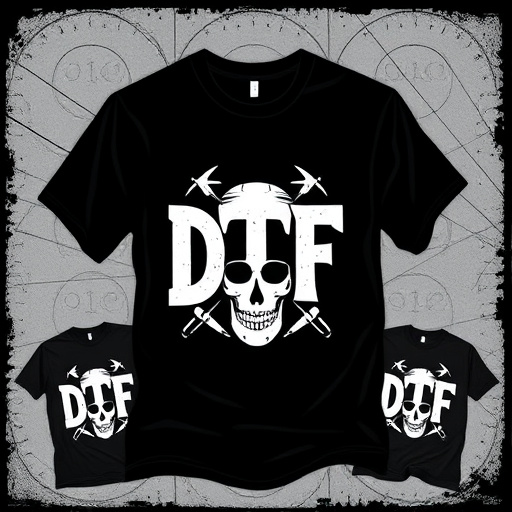
Before sending your files for bulk DTF (Direct to Fabric) transfers, several pre-printing preparation steps will significantly enhance the final results. Firstly, ensure your DTF artwork transfers are high-resolution images with sharp details and accurate color representation. This is crucial for achieving durable prints on various fabrics. Use industry-standard file formats like PNG or JPG with a minimum resolution of 300 DPI (dots per inch) to guarantee optimal output quality.
Additionally, color profiling and calibration of your printing setup are essential. Proper color management ensures that the colors on your screen accurately represent the final printed product. Calibrating your printer and using custom DTF transfer profiles can help achieve consistent and vibrant results, especially when dealing with intricate designs or specific fabric types. These preparatory measures will contribute to successful custom DTF transfers, ensuring durable prints that withstand the test of time.
Techniques for Accurate and Efficient File Transfer Process
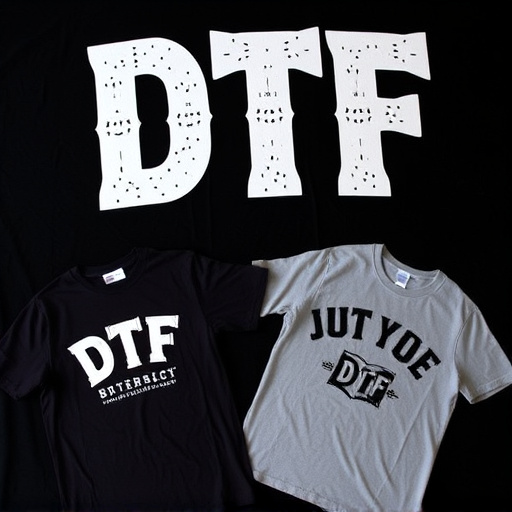
In the realm of bulk DTF (Direct to Garment) transfers, a meticulous file preparation process is paramount for achieving high-quality prints and ensuring a seamless workflow. The goal is to create files that are not only accurate representations of your design but also optimized for efficient transfer to garments or other materials. Techniques such as vectorizing images, ensuring proper resolution, and using industry-standard file formats like PDF or AI play a crucial role in this process. Vectorization converts designs into scalable outlines, guaranteeing crisp details regardless of the scale, which is essential for accurate DTF printing.
Furthermore, leveraging custom DTF gang sheets—pre-designed templates tailored to specific print requirements—can streamline the preparation process. These sheets account for hem lines, cut lines, and other crucial elements, minimizing errors and saving time. For optimal results with dtf garment printing or dtf heat transfers, it’s important to adhere to specific file guidelines set by your printing service provider. This includes checking for color mode (CMYK is typically preferred), line density, and the inclusion of bleed areas if necessary. By implementing these techniques, you can ensure a smooth and efficient bulk DTF transfer process, resulting in professional-grade prints on various materials.
When preparing print files for bulk DTF transfers, a meticulous approach ensures optimal results. By understanding the specific requirements of DTF transfers and implementing pre-printing preparation steps, you can achieve accurate and efficient file transfer processes. Adhering to best practices, such as using high-quality images, proper color profiles, and precise trimming settings, will streamline your workflow and deliver exceptional print outcomes for large-scale projects.

